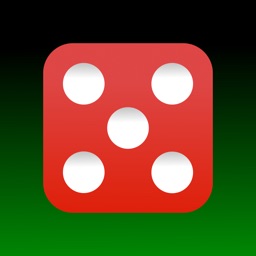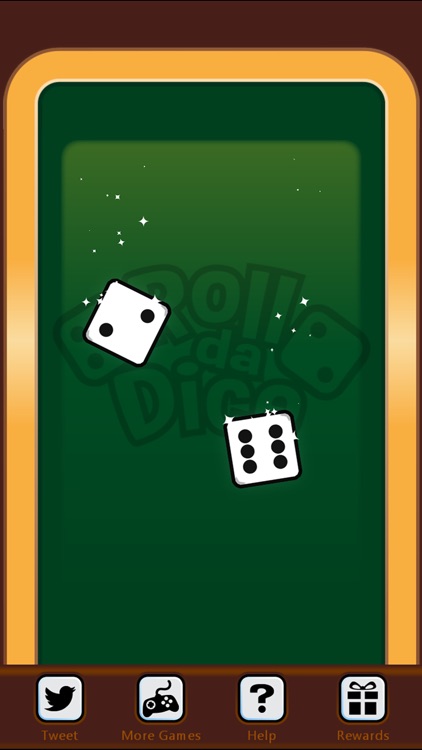

Dice X - 3D dice roller
3D dice roller to play your favorite board games
Features:
- Simulated real-world physics
- d6 and d20 dices
- counting & displaying final result
- voice results
- clean design
- unlimited number of dices
- easy and free to use
Have fun :)
D6 and D20 dices are available for now. If you want a special dice, leave...


















































































